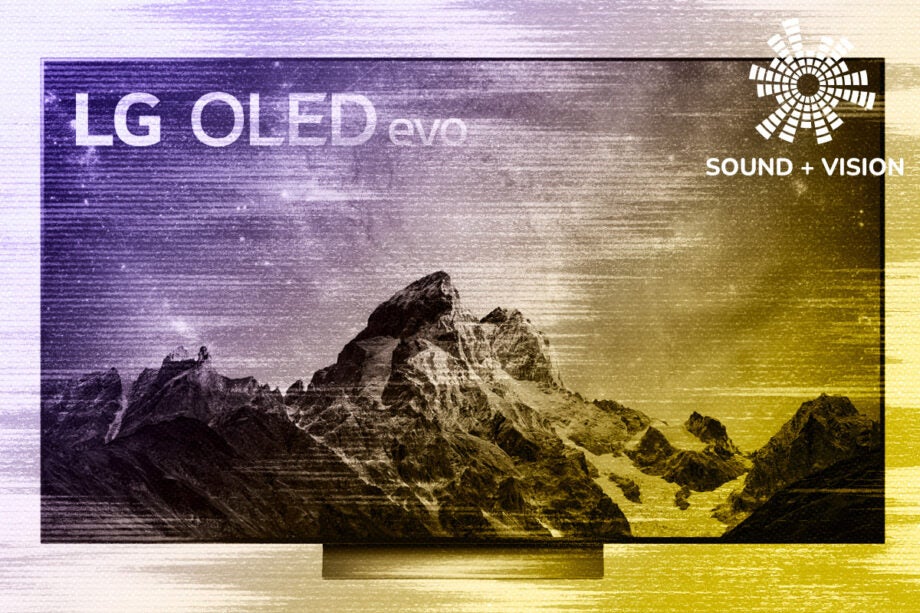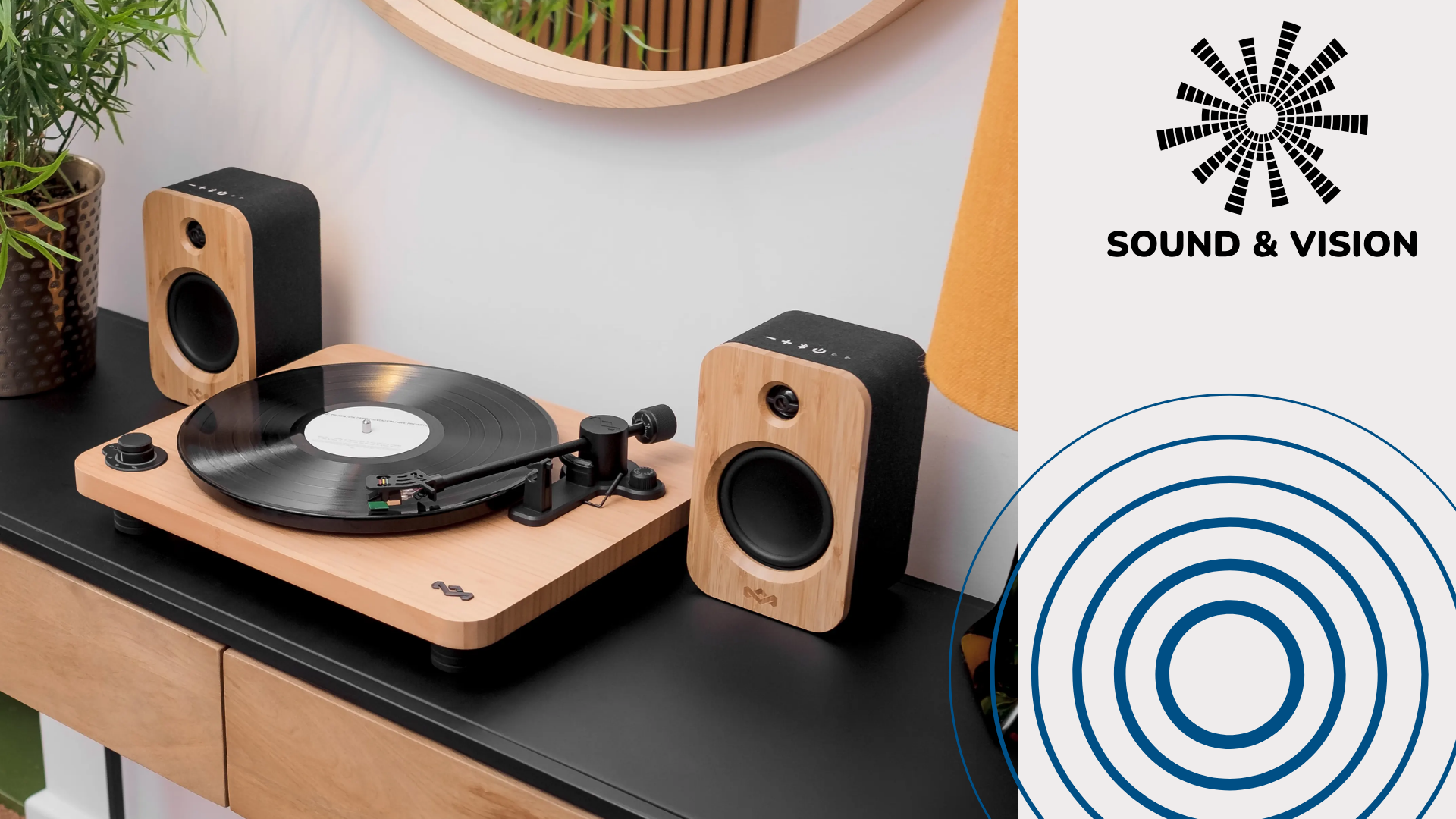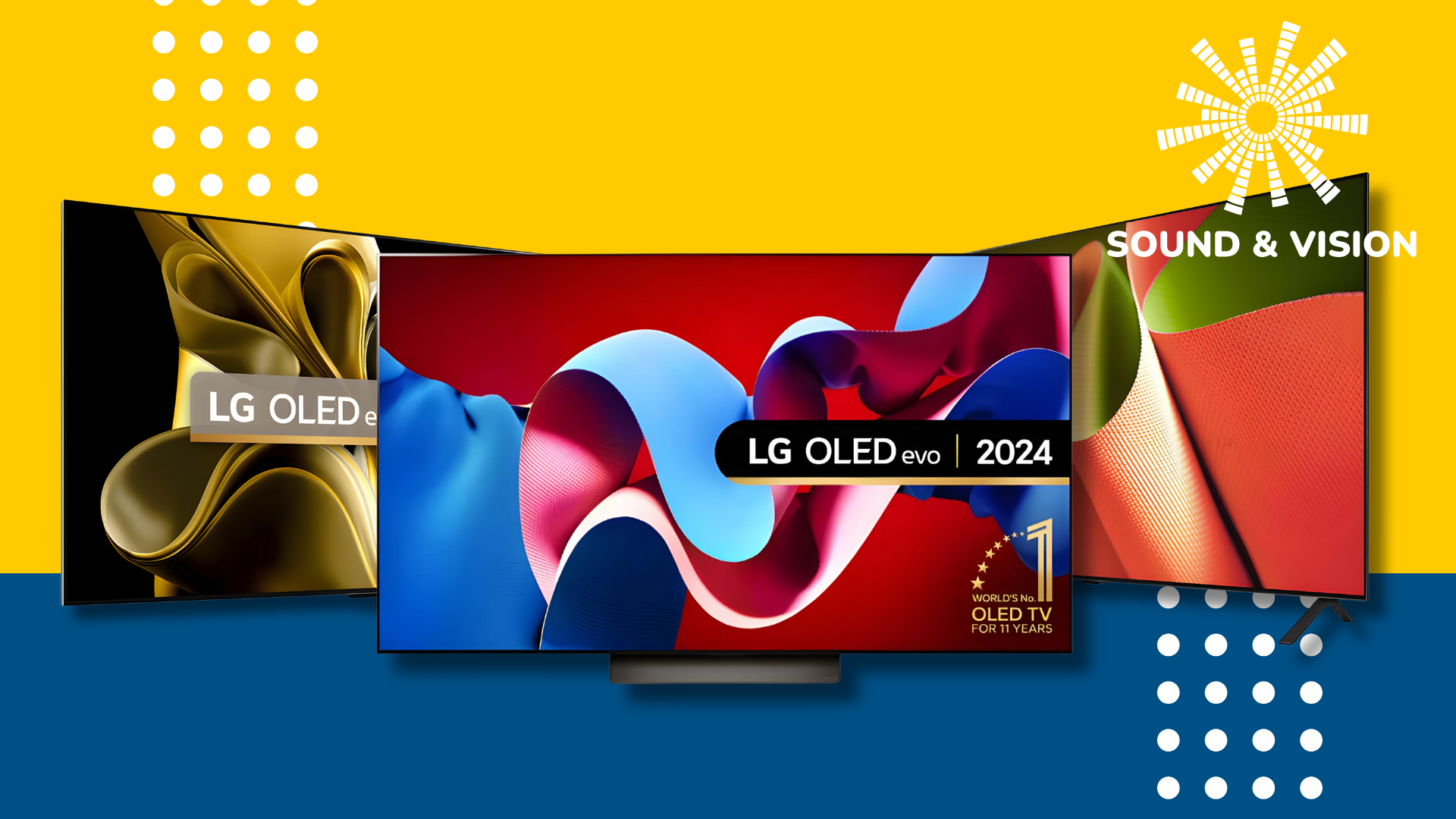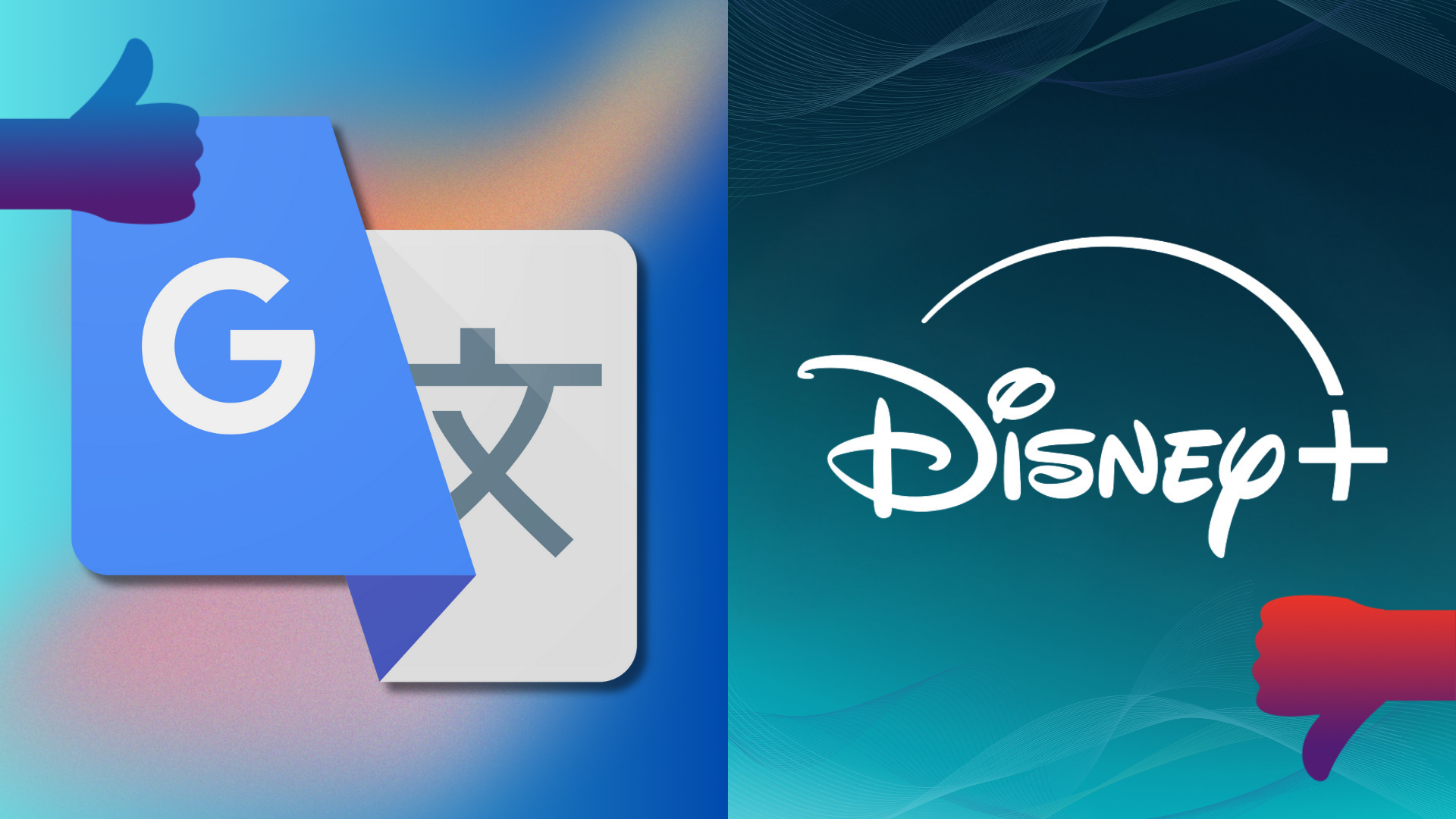Sound and Vision: QD-OLED is here but LG’s OLEDs aren’t going away any time soon

OPINION: After years of developments and intrigue, QD-OLED is finally here. You can buy the next-generation of OLEDs from Samsung or Sony but with improvements in existing OLED technology I wonder whether QD-OLED risks being given the cold-shoulder in the short-term.
We’ve been eagerly anticipating the Quantum Dot/OLED hybrid TV ever since it was first mooted a few years back. QD-OLED, as I’ve talked nearly to death, extracts more luminance from OLED technology, offering improved picture performance. But OLED is still here, and as shown by our review of the LG C2, it’s getting better year-on-year. So, for consumers out there, is there a real need to jump up to first-gen QD-OLED models?
One of the complaints against OLED has been that it’s not capable of high brightness HDR playback like an LED LCD but it’s a complaint that doesn’t hold much water to me. The majority of TVs – from OLED to LCD – often struggle to break through the 1000 nit barrier – with high-end, high-cost LCDs such as Samsung’s Neo QLEDs one of few that exceed that mark with regularity.
Without having looked at any of the new QD-OLEDs aside from some demonstrations, I can’t give an opinion on whether they are the bees knees yet. But given the higher cost they incur, are they as attractive a proposition? LG’s 65-inch C2 is currently available at £2499, whereas the Samsung S95B is £3399 and the Sony A95K is £3499. Would you make that jump if you were in the market for a new OLED? Is the performance necessarily £1000 ‘better’? That shouldn’t be the lens through which we make a decision but often is.
QD-OLED didn’t come to bury OLED
And then you’d have to consider aspects like what features the QD-OLEDs have. Neither the Samsung or Sony outmatch the LG in terms of gaming support, Samsung has no interest in the increasingly popular Dolby Vision HDR format and the speed at which Sony assimilates new features can be eccentric – the inclusion of Apple TV or VRR took much longer than either needed to.
QD-OLED didn’t come to bury OLED but fulfil a role as a premium alternative, LG is putting all its chips behind the display technology it’s become a market leader in. LG is accommodating OLED sizes big and small, for desktop gaming, cinema viewing or general use, they covers everything you might reasonably want from a TV.
So while we’ve been anticipating QD-OLED with excitement, will it have a massive impact this year? Likely not. Momentum is still with OLED but as Samsung and Sony get comfy with the technology, the next few years will hopefully see even more performance drawn out as well as falling prices.
If you’re after an OLED TV in 2022, LG is making it hard to resist with its own models, so QD-OLED will have to pull its finger out if it wants to grab the attention from it.








